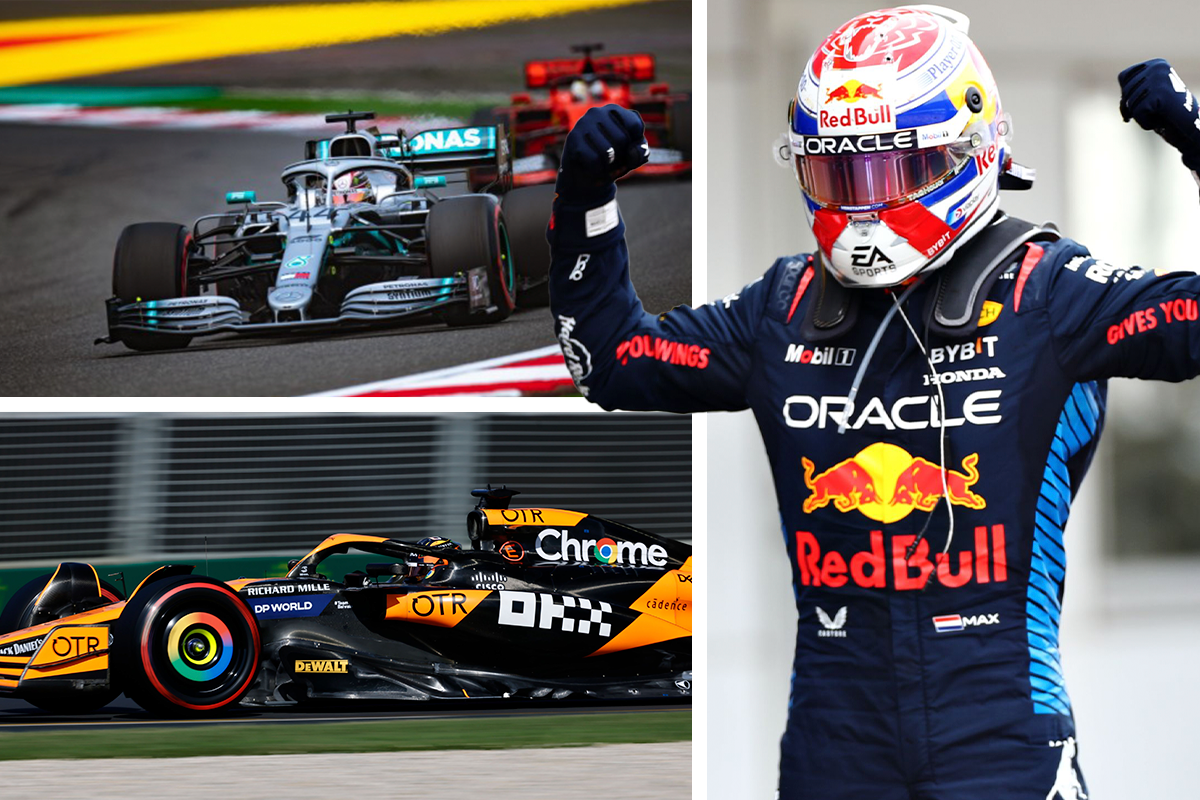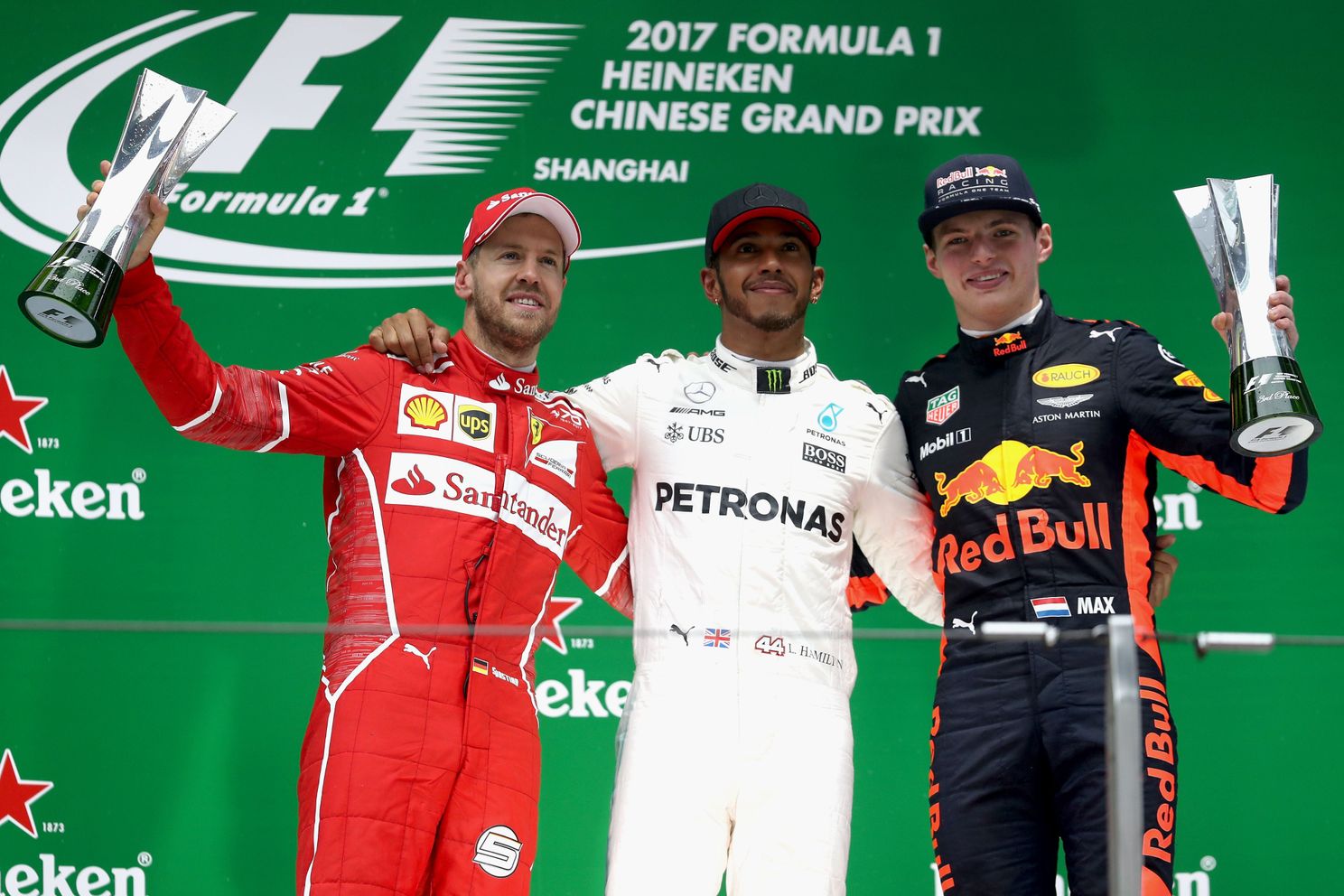
In 2024, the Japanese and Chinese Grand Prix will take place close to each other for the first time in a long time. It had been a long time ago, for the first time since 2008, that the race in Suzuka and the one in Shanghai were completed consecutively on the calendar. Both circuits have traditionally been called ‘driver’s circuits’, but where exactly does that term come from? And what does the succession of these two Grands Prix tell us about the value relationships between the teams and the drivers?
The Chinese Grand Prix disappeared from the calendar for the past four years due to the corona pandemic. In previous years, the race in Shanghai was traditionally organized early in the season, while the race in Japan fell in the autumn. The timing of both Grands Prix has caused surprise in the past, due to the geographical proximity of both countries. A problem that the Formula 1 organizers have expertly solved this season by looking at 2008, the last year that the two Asian Grands Prix took place consecutively.
From 2004 onwards, the Formula 1 circus moved from China to Japan, or vice versa, at the end of the season for four years. What is striking when we look at the statistics and results of this diptych is that during that period no driver ever won on both Chinese and Japanese soil. Max Verstappen won the most recent round of the world championship in Suzuka two weekends ago. Does this mean that there is little chance that the Dutchman will also triumph in Shanghai?
Such a conclusion would be premature and, above all, ill-considered. The one-two in ‘the land of the rising sun’ once again confirmed that Red Bull Racing is clearly the best team on the grid. Verstappen is also the clear favorite for the Grand Prix of China, a race that he has never won, which is mainly due to the fact that the Grand Prix was not on the calendar during the dominant years of the Austrian racing team and the reigning world champion. was standing.
(read more below the image)

Trend of the most dominant teams and drivers
If we look at the results of the Chinese and Japanese Grands Prix, between ’04 and ’08, we see that the most dominant teams and drivers of that season always won. In 2004, at the debut of the Shanghai International Circuit on the calendar, Ferrari celebrated victory with Rubens Barrichello. Michael Schumacher won the Japanese Grand Prix. A year later, Kimi Räikkönen won for McLaren in Suzuka, after which it was up to Renault and Fernando Alonso in Shanghai. In 2006, the latter won on Japanese soil, while Schumacher was the first to see the checkered flag in China.
The next two years we got the same story. In 2007, Hamilton (McLaren) won the Japanese Grand Prix, while Räikkönen won on behalf of Ferrari in China. A season later, Hamilton was fastest in Shanghai, while Alonso won with Renault in Suzuka. If this trend is maintained in 2024, Red Bull and Ferrari have the best cards to win next weekend. At the start of the season, they asserted themselves as the two strongest teams in the current championship and do not seem likely to relinquish that position anytime soon now that McLaren, Mercedes and Aston Martin are lagging behind.
Logical explanation
There is also a very logical explanation for the supremacy of the strongest teams and drivers in China and Japan: they are two fast, fairly narrow circuits that have a similar course and characteristics. This weekend, at the exit of turn thirteen, a long straight stretch of no less than 1.2 kilometers awaits the drivers, which gives the fastest cars a significant advantage. There are also quite a few corners and braking zones in both Suzuka and Shanghai where you as a driver can make a difference, and the ideal line is quite tight. If you are also a driver, you will soon end up off the track. Just ask Logan Sargeant, who parked his car in the tire wall during the first free practice of the race weekend in Japan.
To put it simply: if you can turn a racing wheel well, you can make a difference as a driver on circuits such as Japan and China – this is why both race tracks are called ‘driver’s circuits’. That also explains why Hamilton is the record winner at the Shanghai International Circuit with six victories. That and the fact that the seven-time world champion had many dominant cars at his disposal during his career.
Verstappen may not have added the Chinese Grand Prix to his list of achievements yet, but the Dutchman has already performed strongly there in the past. In 2016 he finished eighth with Toro Rosso in China. A year later, when the Limburger had been promoted to the parent team, he was allowed to share the podium in Shanghai for the first and last time. From sixteenth on the grid, Verstappen made his way through the field in his RB13 and took third place. And whether overtaking is possible in China.
(read more below the image)

Will Mercedes face another difficult weekend?
April 14, 2019. That was the last time the drivers revved the engines of their F1 cars at the Shanghai International Circuit. Hamilton was the first to cross the line after 56 laps, while then teammate Valtteri Bottas completed the Mercedes party by finishing second. Toto Wolff’s team has good memories of the last edition of the Chinese Grand Prix, which went down in history as the thousandth F1 race ever, but in Brackley they will not be looking forward to the return to Shanghai with great expectations this year.
In Japan, George Russell finished seventh, Hamilton had to settle for ninth place. Such results, on a circuit that serves as a so-called ‘indicator’ for the rest of the season, show what Mercedes fans have preferred not to acknowledge for three years: the Silver Arrows have become a sub-topper and only play a supporting role in the championship. And if the previous race in Suzuka is anything to go by, we can somewhat expect that Mercedes, a team that lacks speed to be competitive, will not have much success in China either.
But if you look a little further, you will also see that the W15 performed more stable than the previous races. For Mercedes, it is now especially important to solve the incorrect correlation between the simulator data and the performance on the track. Then the famous turnaround of McLaren, another team that is expected to have a hard time following the real toppers in China, from last season can serve as an example for Mercedes.
Such a turnaround will also be necessary for the German racing team to close the gap with McLaren, third in the constructors’ championship. However, it can also be said that the Silver Arrows would most likely be closer to their British customer team in the standings if, for example, the races in Baku and Singapore were to take place earlier in the season. At least, that’s what Russell claims.




